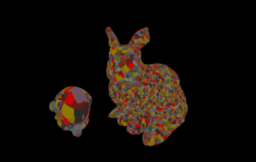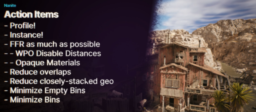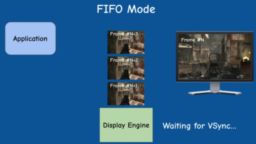- the blog post discusses how to implement a continuous LOD system for meshlet-based rendering
- shows how to calculate the error metric and structure the data for GPU access
- presents how to select the correct LOD level at runtime
- A video of the results is included

- the presentation provides an overview of the Nanite and Lumen systems
- shows a high-level look at which parts affect performance and how performance intuition doesn’t match the classical rasterization model
- the whole presentation slide deck is done in the UE5 editor

- the video explains the difference between alpha blending and dithered transparency
- shows sorting issues related to blending order and how dithered transparency solves them
- presents how to implement the technique using Unity Shader Graph
- additionally shows the limitations of the technique

- the latest version adds support for Slang with Vulkan, additional extensions support, D3D12 Pixel history support, and many bug fixes
- the article presents how usage patterns of copy queues to upload and download data from the GPU can significantly affect the amount of stalls
- discusses the different patterns and presents timelines to show the waits
- additionally shows how multiple copy queues interact and the importance of copy queue priorities

- the blog post describes a method to apply lighting to Gaussian Splats
- shows methods to reconstruct geometry with normals and how to filter the results
- additionally discusses limitations and ideas for improvement or leveraging of existing mesh-based solutions

- the latest video in the series explains how to create a Vulkan Swapchain
- explains the different presentation modes
- additionally shows how to create a view of the different images of the swap chain

Thanks to Unai Landa for support of this series.
Would you like to see your name here too? Become a Patreon of this series.